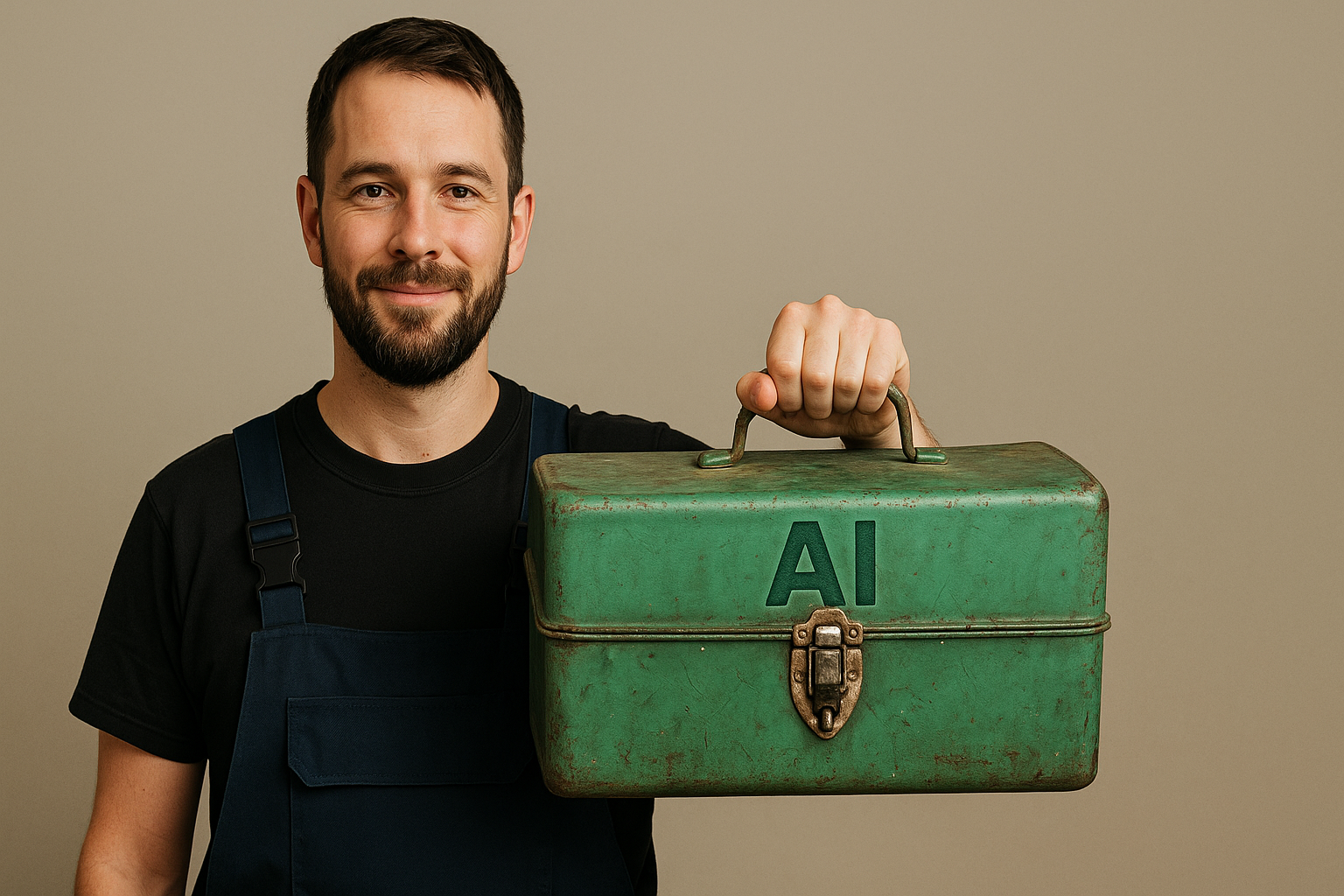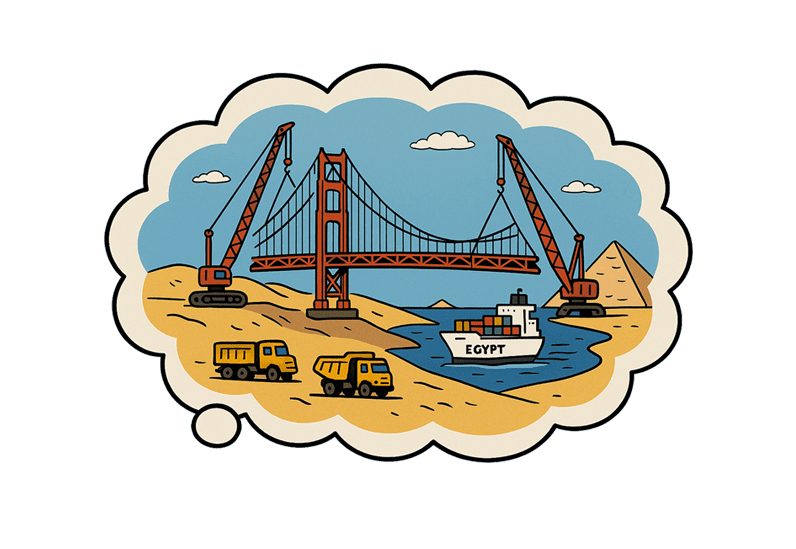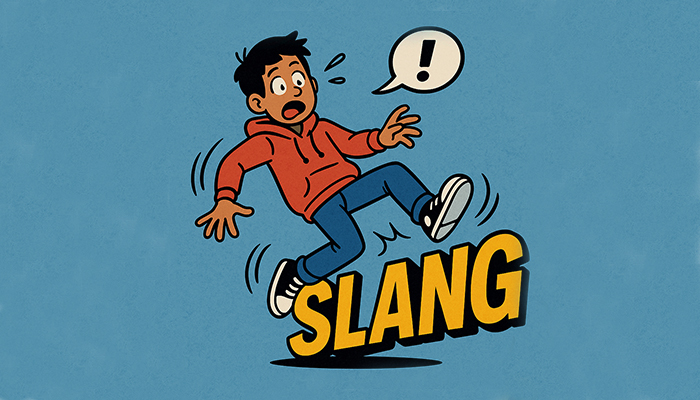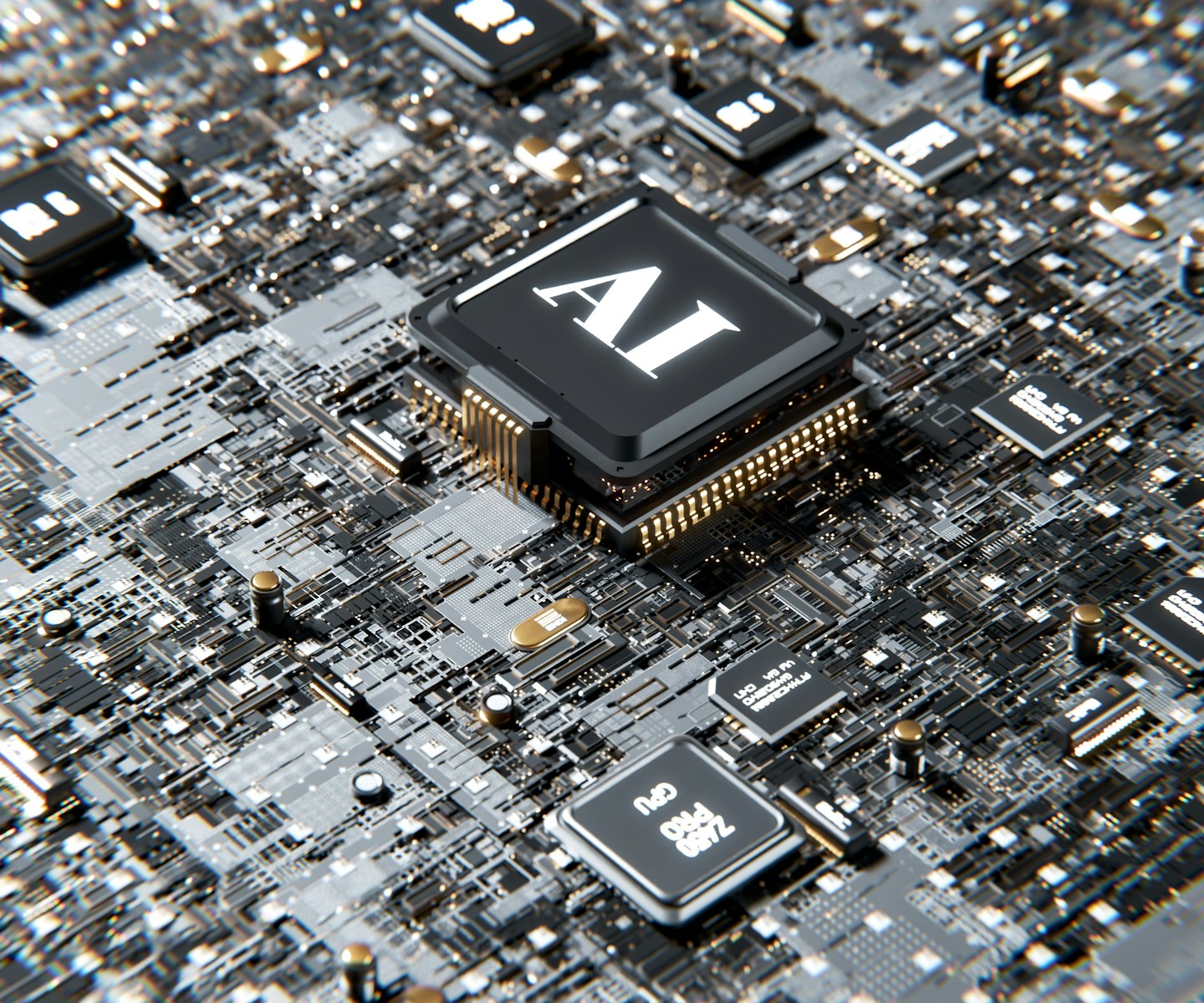Machine translation Translation technology
How AI Is Really Used in Professional Translation (And Where It Falls Short)

When speed meets subtlety, who really holds the pen?
Translation used to be seen as a slow, scholarly craft—painstakingly carried out by trained linguists hunched over source texts.
Today, enter AI. It’s quick, tireless, and shockingly fluent. At first glance, it might seem like the future has arrived and translators are obsolete.
But look a little closer, and the truth is far more human.
In this post, we explore how AI is actually used in professional translation, where it shines, where it stumbles—and why human expertise still matters more than ever.
AI is part of the toolkit, not the whole solution
Machine translation (MT), particularly Neural Machine Translation (NMT) tools like DeepL and Google Translate, can produce surprisingly fluent results. Professional translators often use these tools as a starting point, especially for internal documentation or time-sensitive material.
But, and this is critical, every machine output needs human review. Why? Because even fluent AI translations can misfire spectacularly on:
- Tone and voice
- Cultural references
- Industry-specific jargon
- Legal or compliance-critical phrasing
At Brightlines, our AI-assisted workflows are paired with real translators who check for natural flow, factual accuracy, and brand consistency. This isn’t an optional polish. It’s essential.
An Example of a Hybrid AI Workflow: From Machine Output to Human Impact
Not all translation projects begin with AI. In fact, when content is creative, sensitive, or brand-led, we often recommend starting with a human from the outset.
But when speed, volume or content type allows, we offer a hybrid model, combining automation with expert oversight.
Here’s what that can look like:
Step 1: Machine Translation (MT Engine)
We start with a high-quality MT engine, ideal for high-volume, factual, or formulaic content.
Step 2: AI-Powered Language Quality Assessment (LQA)
Before a human even steps in, our AI LQA tools scan for errors, inconsistencies, and tone mismatches. It’s a powerful first filter that speeds up downstream editing and ensures that obvious issues are caught early.
Step 3: Human Linguist – Content & Context Check
A professional linguist reviews the machine output with trained human eyes, correcting meaning, intent, idioms, and any phrasing that feels off in context.
Step 4: Human Editor – Style & Readability Polish
For customer-facing or on-brand content, a second human, an editor, refines the tone, structure, and clarity. This is where the final text is shaped into something natural, confident, and impactful.
Why Human Expertise Still Holds the Line
Traditional workflows often involved multiple linguists: a translator, a reviewer, and sometimes a subject specialist or editor. Each had a distinct role, ensuring clarity, accuracy, fluency, and tone.
With AI-assisted workflows, there may be fewer human touches, but those touches still matter. Instead of removing people, the hybrid model redefines where humans intervene—and what they focus on.
For example:
-
The human linguist ensures the content is accurate, natural, and contextually correct
-
The human editor sharpens tone, flow and brand fit—especially for customer-facing or sensitive material
It’s not about replacing the human craft, it’s about applying it more strategically, with AI as a tool, not a solution.
The result? Content that’s faster to produce, yes, but still unmistakably human in impact.
Not All Text or Languages Are Built for AI
It’s tempting to think of AI as a magic fix. Feed in your words, get instant translations. Job done.
But the reality is far messier.
Some content types just don’t suit machines
AI handles clear, consistent, factual content well. But throw it a curveball—like humour, nuance, or cultural sensitivity—and it stumbles. These content types often require full human translation or transcreation:
- Brand campaigns and straplines
- HR communications with emotional tone
- Safety-critical or regulatory documentation
- eLearning modules that need cultural adaptation
- Idiomatic or conversational writing
Machines can only guess at nuance. And when they guess wrong, it’s your brand or compliance on the line.
Language pairs aren’t created equal either
Machine translation performs differently across language pairs. It’s generally more accurate between major European languages (e.g. English ↔ Spanish), and less reliable for low-resource or grammatically complex languages like:
- Japanese
- Arabic
- Korean
- Finnish
- Amharic
Even within one language, regional variation matters. For example, AI may output passable Spanish—but will it work in Mexico and Spain? Probably not without human localisation.
One-size-fits-all MT is a myth. Every project needs the right balance of tools, languages and humans.
Final Thoughts: The Goal Isn’t Fluency, It’s Fit
AI has a role. It’s fast, cost-effective and getting smarter. But good translation isn’t just about fluency, it’s about fit. Fit with tone, with brand, with audience. And that still takes a human touch.
So if you’re wondering whether AI is enough on its own, here’s our rule of thumb:
If it needs to feel human, it needs to be human.
Need guidance on the right workflow for your content?
Whether you’re considering AI-assisted translation, full transcreation, or something in between, we can help you find the right approach for your audience, your timelines, and your goals.






